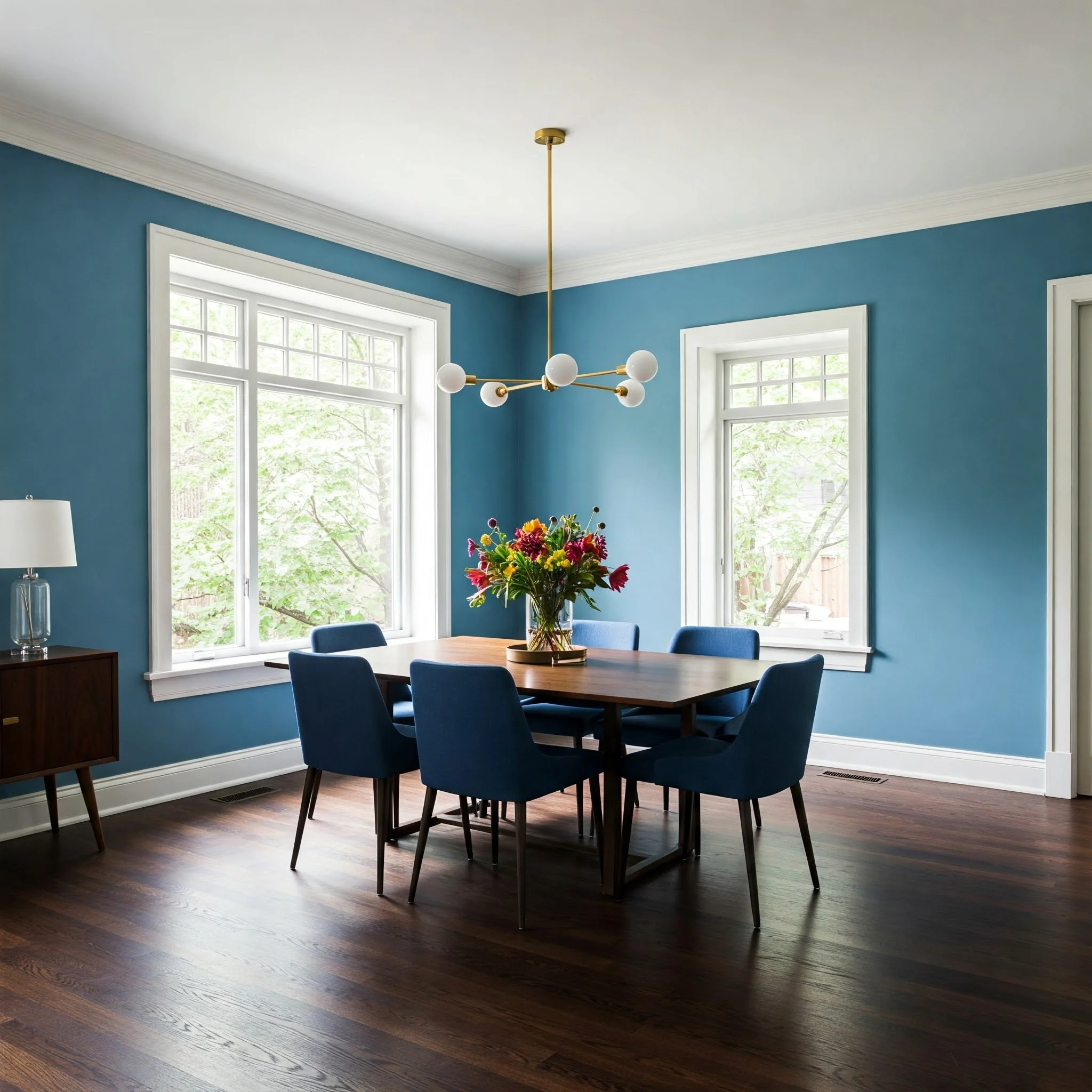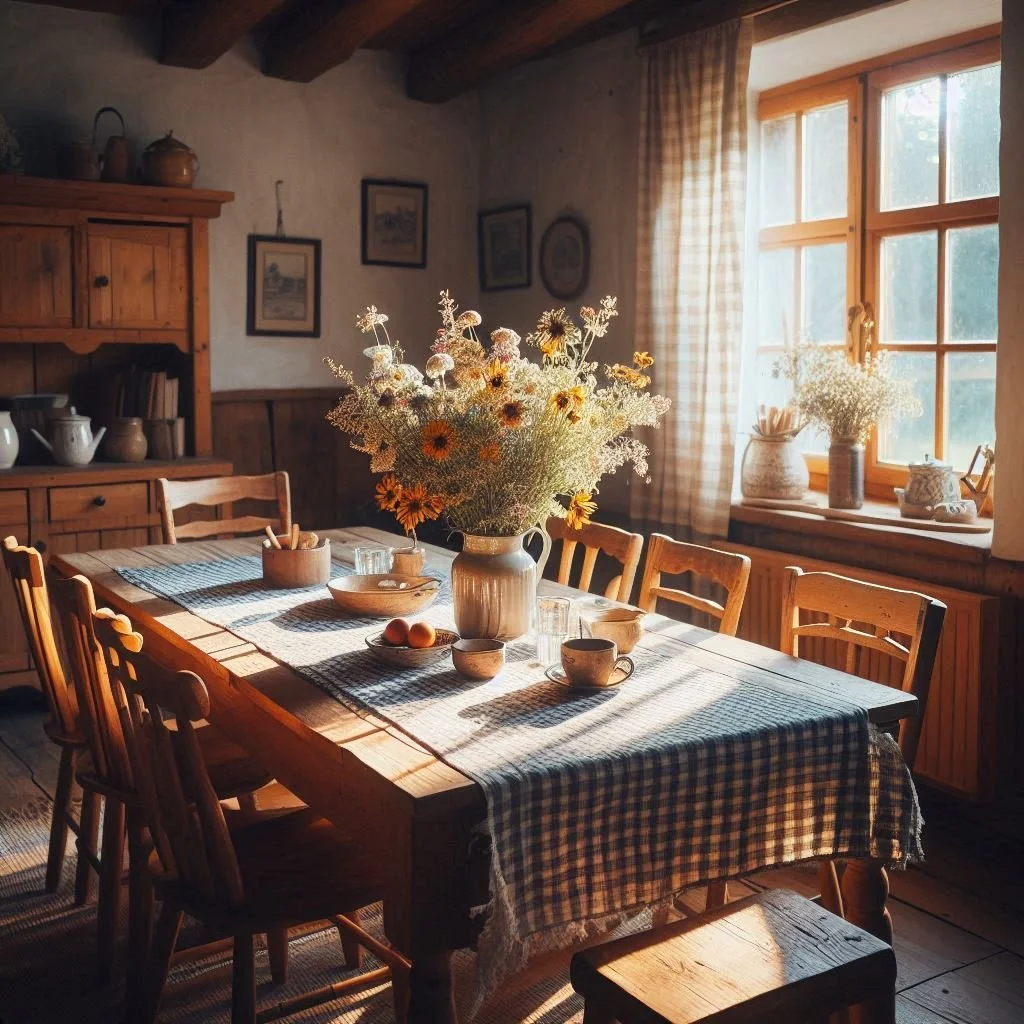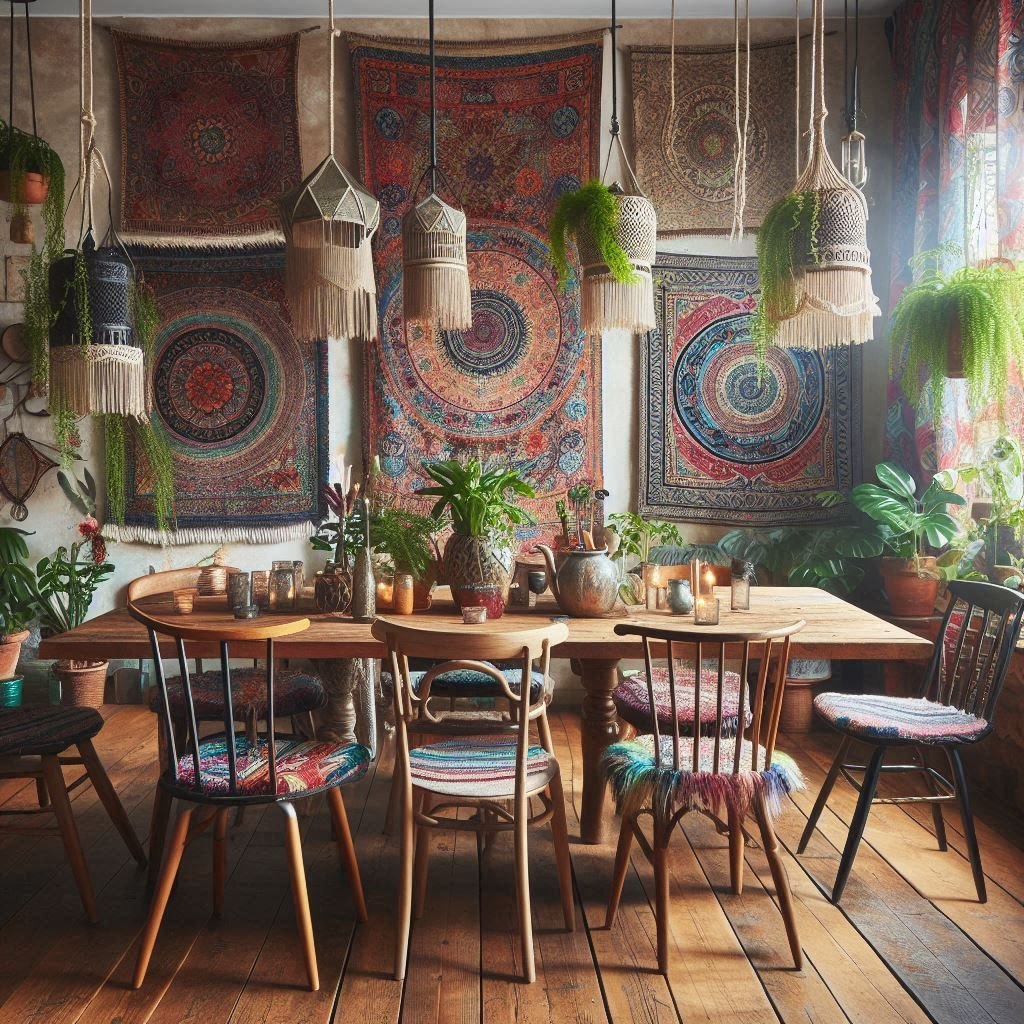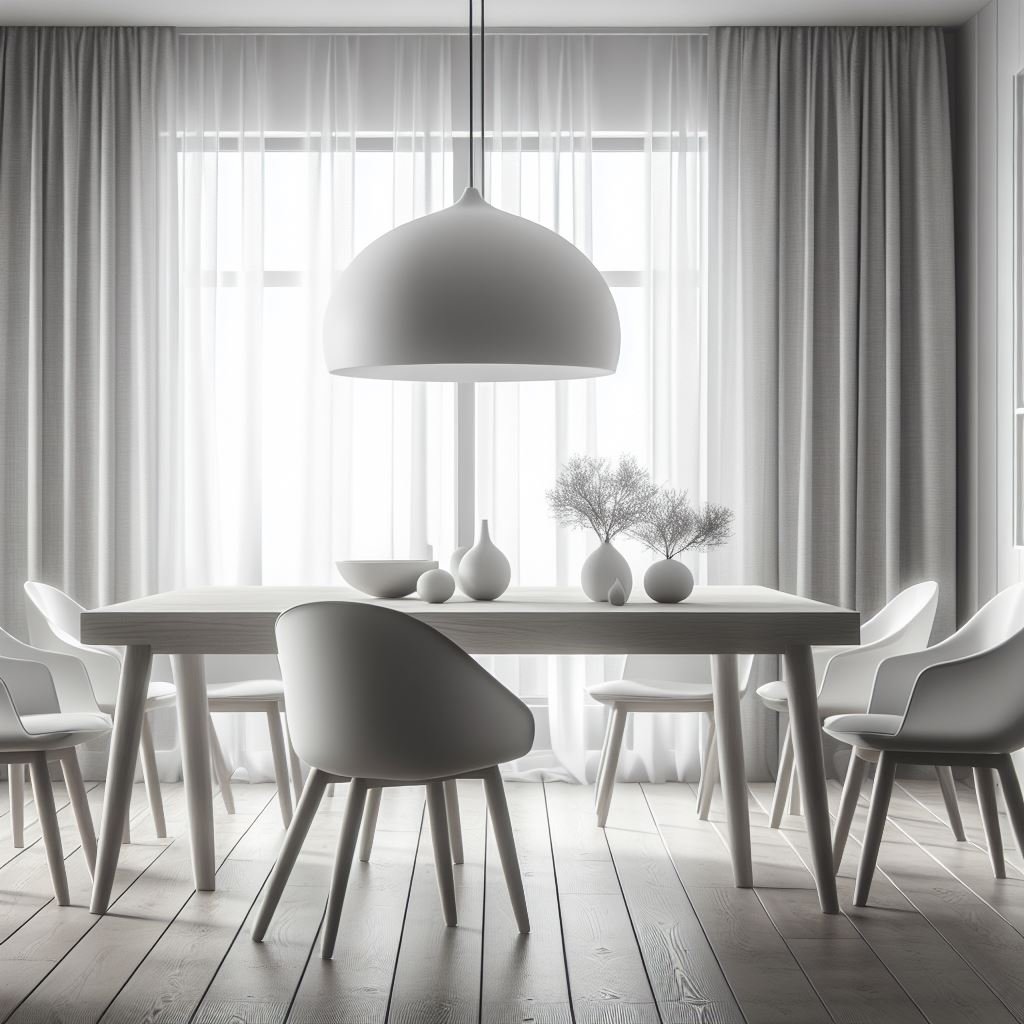Common Decorating Mistakes That Make Your Dining Room Feel Cluttered
Avoid common decorating mistakes that make your dining room feel cluttered and discover tips to create a more spacious, inviting atmosphere.
The dining room is one of the most-used spaces in the home — a place for meals, conversations, celebrations and, often, a bit of multitasking. But it’s also a space that can quickly feel overcrowded if not styled with care. While it’s tempting to add personal touches and extra features, certain decorating choices can unintentionally make your dining area feel cluttered and cramped. From oversized furniture to mismatched dining chairs, the details matter more than you might think when it comes to creating a clean and welcoming environment.
Here are some common styling missteps to avoid — and what to do instead to help your dining room feel more open and inviting.
Using Oversized Furniture
One of the most frequent mistakes is choosing furniture that’s simply too large for the room. A long, bulky table or wide sideboard might look great in a showroom, but if it leaves little space for movement in your dining area, it will instantly make the space feel tight.
Tip: Measure your room before purchasing any furniture. Aim to leave at least 90 cm of clearance around the table for people to move comfortably. Consider round or extendable tables for smaller spaces.
Too Many Mismatched Styles
Eclectic style can be beautiful when done well, but mixing too many design elements can result in visual chaos. A traditional table, ultra-modern light fixture and farmhouse-style rug might all be lovely on their own — but together, they can clash and compete for attention.
Tip: Choose one core style and build around it. If you want variety, try mixing materials or colours within a single style category for a more cohesive look.
Cluttered Table Surfaces
While a few well-placed items can serve as beautiful centrepieces, too many decorations on the table can make the room feel busy and disorganised. Vases, bowls, candles, and seasonal décor all add up fast — and when the table’s not in use, it can start to look like a storage surface instead of a place to gather.
Tip: Keep it simple. A single centrepiece or a couple of minimal decorations will keep your table elegant without overwhelming the space.
Inadequate Lighting
Lighting plays a huge role in how open or cramped a space feels. A light fixture that’s too large can dominate the room, while poor lighting can make the area feel dim and uninviting.
Tip: Choose a light fixture that suits the scale of your table and space. If your dining room lacks natural light, add wall sconces or a floor lamp in the corner to brighten up the area and visually expand the room.
Incorrect Chair Placement
Another overlooked mistake is pushing the table up against a wall to "save space." This not only throws off the balance of the room but also limits seating and can make it harder for guests to navigate the space. Similarly, having too many dining chairs jammed around the table can make everything feel crowded.
Tip: Let your table float in the room when possible, and use only the number of chairs needed for regular use. Store extra chairs elsewhere and bring them out only when entertaining larger groups.
Overloading Walls and Floors
Too much artwork, bulky shelving or patterned wallpaper can shrink a room visually. The same goes for thick rugs that crowd the table legs and chairs.
Tip: Keep wall art simple and leave some blank space to give the room breathing room. If you use a rug, make sure it’s large enough to allow chairs to move without catching.
Creating a welcoming and functional dining space isn’t about filling every corner — it’s about making thoughtful choices that reflect your style while maintaining a sense of order. With a little restraint and good spatial planning, your dining room can feel calm, open and ready to host everything from casual breakfasts to festive dinners.
















